In the depths of ancient oceans, remarkable marine reptiles called ichthyosaurs once dominated the prehistoric seas. These dolphin-like creatures have fascinated paleontologists not just for their streamlined bodies and extraordinary adaptations to aquatic life, but also for a particularly intriguing aspect of their biology: they gave birth to live young underwater. Unlike most reptiles that lay eggs, ichthyosaurs evolved a specialized reproductive strategy that provides a fascinating window into evolutionary adaptations. The fossil record has preserved extraordinary evidence of this reproductive behavior, offering rare glimpses into the private lives of creatures that swam Earth’s oceans millions of years ago.
The Discovery That Changed Our Understanding
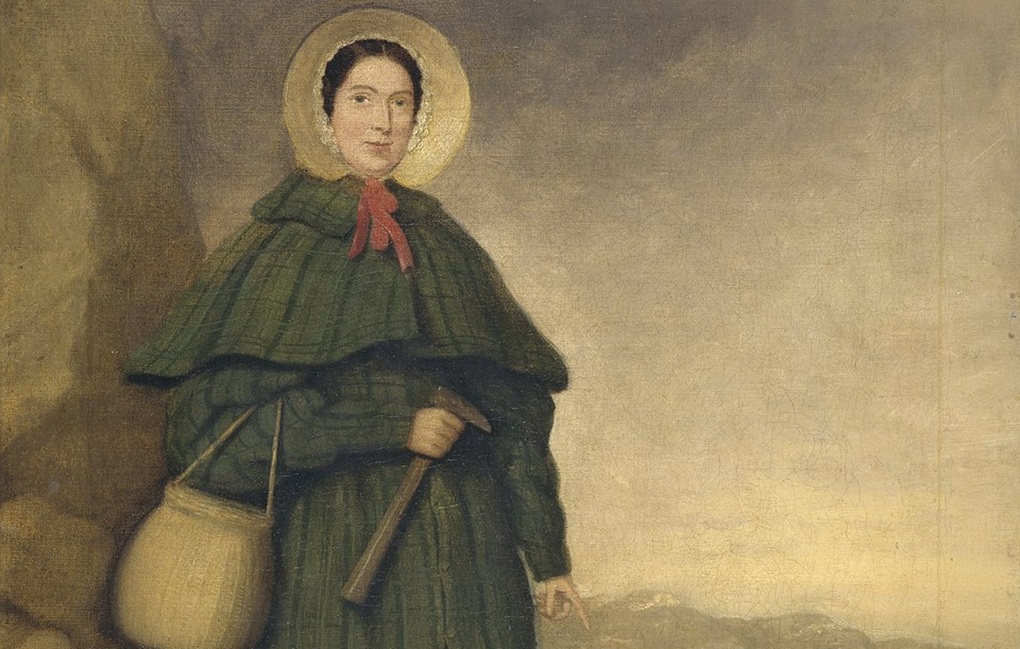
The first evidence of ichthyosaur live birth came in the 19th century when paleontologists discovered fossils showing embryos inside adult specimens and others caught in the act of giving birth. These remarkable fossils, primarily from the Holzmaden shale deposits in Germany, showed small ichthyosaur skeletons positioned within or emerging from the body cavities of adults. Mary Anning, the renowned fossil collector from Lyme Regis, England, was among the first to discover such specimens, though the significance wasn’t fully appreciated at the time. These discoveries fundamentally changed our understanding of prehistoric reptile reproduction, revealing that some marine reptiles had evolved birth strategies remarkably similar to those of modern marine mammals rather than their reptilian relatives.
Viviparity: An Evolutionary Advantage
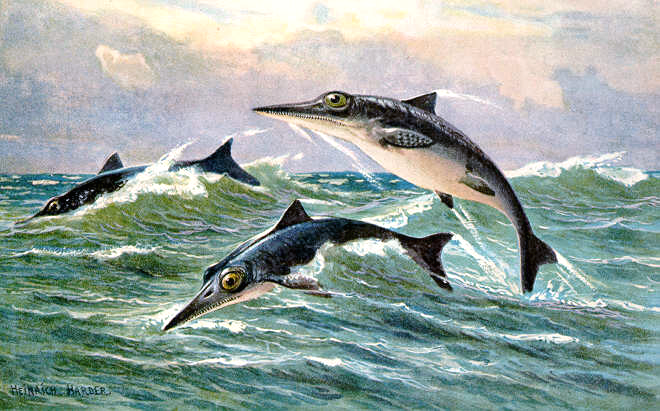
Ichthyosaurs exhibited viviparity, the biological process of giving birth to live young rather than laying eggs. This reproductive strategy represented a significant evolutionary advantage for these marine reptiles. Unlike their terrestrial counterparts, ichthyosaurs had no access to land for nesting, making egg-laying impractical or impossible. Viviparity eliminated the vulnerable egg stage and the need to return to shore, allowing ichthyosaurs to remain permanently in their oceanic habitat. This adaptation also meant that mothers could provide extended protection and nutrition to developing offspring, potentially increasing survival rates. The evolution of viviparity in ichthyosaurs represents one of the most significant adaptations that facilitated their successful transition from land to a fully aquatic lifestyle.
Fossil Evidence of Birth Positioning

Remarkably preserved fossils have revealed fascinating details about the birthing position of ichthyosaur young. Unlike mammals which are typically born head-first, many ichthyosaur fossils show embryos positioned to emerge tail-first from their mothers. This tail-first delivery method likely evolved to prevent drowning of the newborns during a potentially lengthy birth process. As the tail emerged first, the young ichthyosaur could still receive oxygen through the maternal connection until the head was finally delivered, at which point it could quickly swim to the surface for its first breath. Some specimens show multiple embryos in various stages of development, suggesting that ichthyosaurs may have carried several offspring simultaneously, similar to some modern sharks and reptiles rather than the typically single births of cetaceans.
Maternal Investment and Gestation
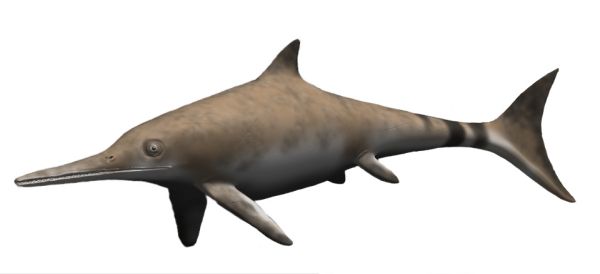
Ichthyosaurs appear to have made significant maternal investments in their offspring, suggesting extended gestation periods. Fossil evidence indicates that baby ichthyosaurs were relatively large at birth compared to the mother’s size, pointing to substantial pre-birth nourishment and development. Scientists estimate that ichthyosaur mothers likely provided extensive resources to their developing embryos through placenta-like structures or yolk sacs, enabling significant growth before birth. This high degree of maternal investment stands in contrast to many other reptiles that provide minimal parental care. The developmental stage of fossilized embryos suggests that ichthyosaurs carried their young until they were well-developed and capable of independent swimming and feeding, reflecting an evolutionary strategy focused on quality rather than quantity of offspring.
Complications in Prehistoric Births

The fossil record has preserved evidence of the dangers associated with prehistoric marine births. Some ichthyosaur specimens show mothers with partially delivered young still visible in the birth canal, suggesting that both mother and offspring died during the birthing process. These tragic fossilized moments reveal that even with evolutionary adaptations for aquatic birth, complications occurred. In some cases, embryos appear positioned incorrectly or show signs of dystocia (difficult birth), similar to complications experienced by modern mammals. These fossils offer a rare glimpse into the challenges of prehistoric reproduction and suggest that, despite millions of years of evolutionary refinement, birth remained a vulnerable time for both mother and offspring. The preservation of these births frozen in time serves as a poignant reminder of the continuous struggle for survival throughout evolutionary history.
Comparative Anatomy with Modern Marine Mammals
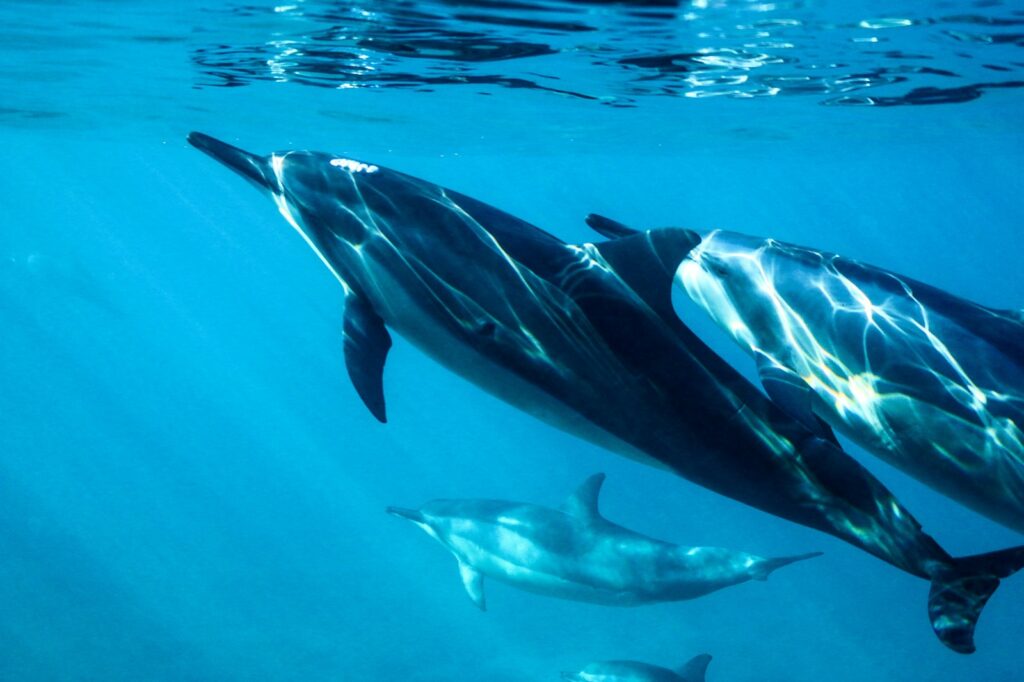
The reproductive adaptations of ichthyosaurs present a fascinating case of convergent evolution when compared with modern marine mammals like dolphins and whales. Despite evolving from entirely different ancestral lineages and being separated by millions of years, ichthyosaurs and cetaceans independently developed remarkably similar birth strategies for marine environments. Both groups evolved streamlined bodies, lost the ability to lay eggs, and developed mechanisms for in-water live birth. However, key differences exist in their pelvic anatomy, with ichthyosaurs retaining more substantial pelvic bones than modern whales. This evolutionary parallelism demonstrates how similar environmental pressures can drive unrelated animal groups toward comparable adaptations. The study of ichthyosaur reproduction provides valuable insights into the limits and possibilities of evolutionary adaptation to aquatic environments across vastly different vertebrate lineages.
The Transition from Land to Sea

The reproductive strategy of ichthyosaurs represents a crucial piece in understanding their complete transition from terrestrial ancestors to fully aquatic marine predators. Early in their evolutionary history, ichthyosaur ancestors would have laid eggs on land like other reptiles, requiring females to return to shore for reproduction. The shift to live birth marked a definitive break from terrestrial dependence, allowing ichthyosaurs to complete their evolutionary journey to a fully marine existence. This reproductive adaptation coincided with other physical changes including the development of flippers, streamlined bodies, and specialized vertebrae. Paleontologists believe this transition occurred relatively rapidly in evolutionary terms, with early ichthyosaurs quickly adapting to their new aquatic lifestyle. The development of viviparity was among the final evolutionary changes that freed ichthyosaurs from any remaining connection to the terrestrial world of their ancestors.
Multiple Births and Litter Size
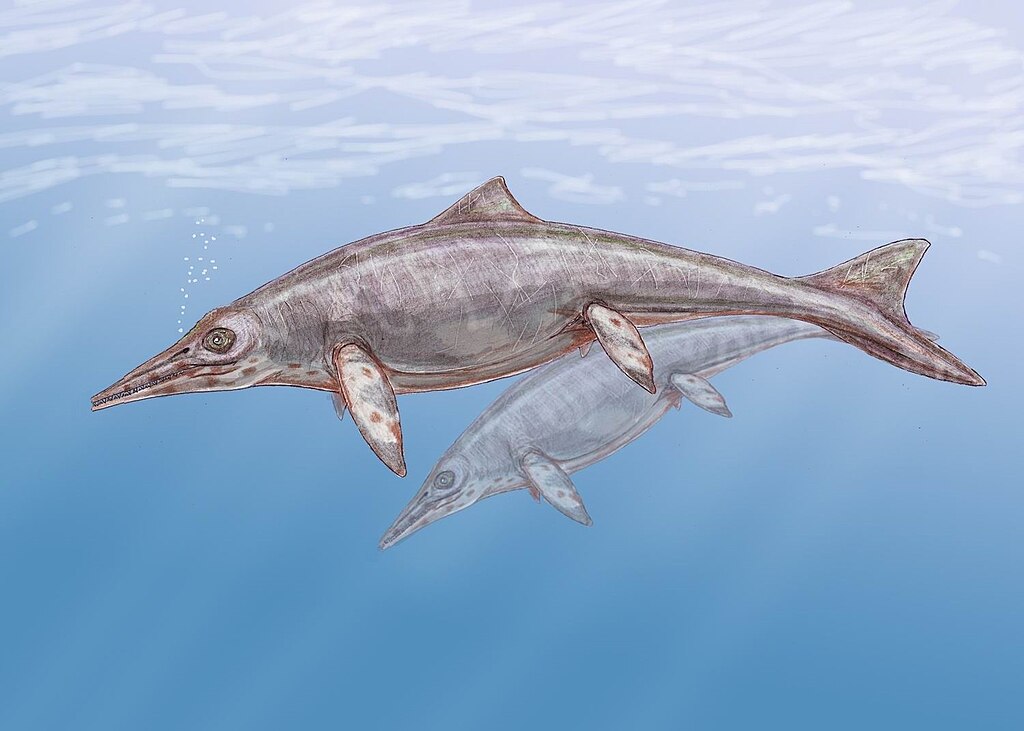
Fossil evidence suggests that ichthyosaurs typically gave birth to multiple offspring in each pregnancy cycle. Several spectacular specimens show adult ichthyosaurs containing as many as eleven embryos at various developmental stages. This reproductive strategy differs from large modern marine mammals like whales, which typically produce single calves, but shares similarities with some sharks and rays that bear multiple live young. The multiple-offspring approach may have represented an evolutionary compromise between the high-quantity strategy of egg-laying reptiles and the high-investment strategy of mammals. Producing several well-developed offspring simultaneously would have helped maintain population levels despite the dangers of prehistoric oceans. The number of embryos appears to correlate with the species and size of the mother, with larger ichthyosaur species potentially producing more offspring per reproductive cycle.
Reconstructing Prehistoric Reproductive Behavior
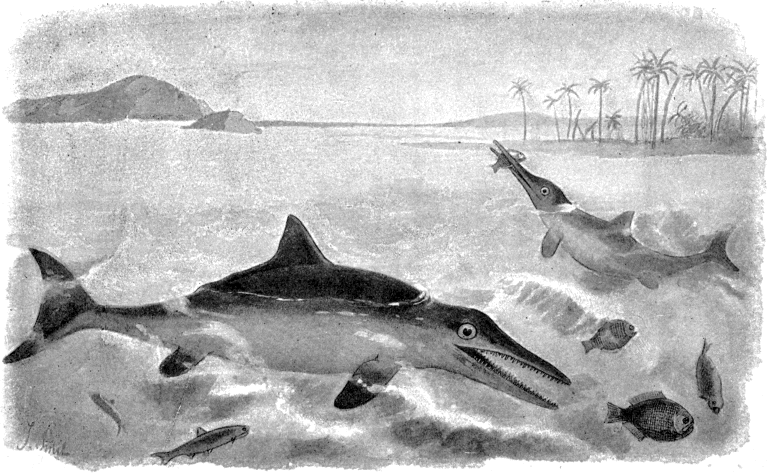
Paleontologists face significant challenges when attempting to reconstruct the complete reproductive behavior of ichthyosaurs beyond the moment of birth. Without the ability to observe living specimens, scientists must carefully analyze fossil evidence and make comparisons with modern analogs to develop theories about mating behaviors, gestation periods, and potential parental care. Growth rings in fossilized bones suggest that young ichthyosaurs experienced rapid initial growth, possibly indicating post-birth maternal care or abundant food resources for juveniles. The social structure during breeding and birth remains largely speculative, though the prevalence of multiple embryos suggests ichthyosaurs may have gathered in specific areas for breeding, similar to modern cetacean breeding grounds. Computer modeling of ichthyosaur body mechanics and energetics has also helped scientists estimate reasonable gestation periods and reproductive cycles, suggesting most species likely reproduced annually or biannually.
Evolutionary Timing of Live Birth Adaptations
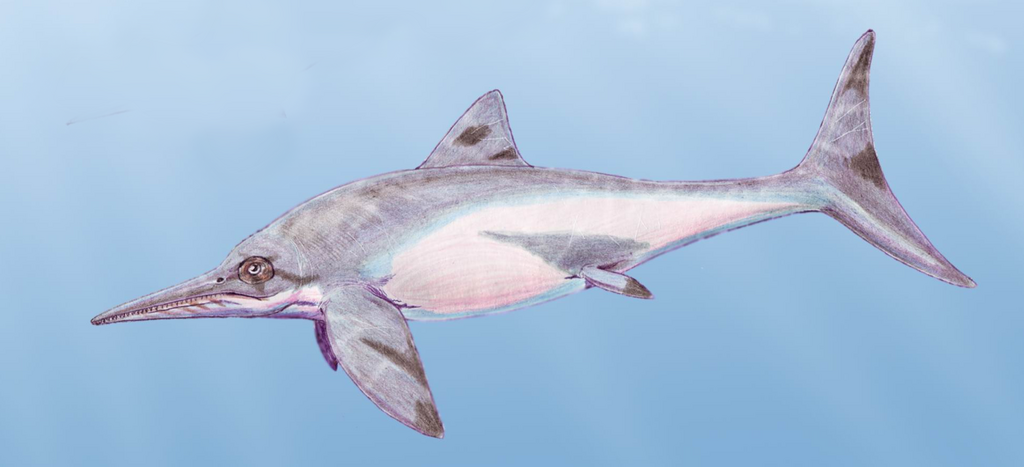
The evolution of live birth in ichthyosaurs occurred relatively early in their evolutionary history, with evidence of viviparity appearing in fossils dating back to the Early Triassic period, approximately 248 million years ago. This adaptation emerged shortly after ichthyosaurs made their initial transition to aquatic environments, suggesting that reproductive changes were among the first and most crucial adaptations for their marine lifestyle. Fossil evidence indicates that even some of the most primitive ichthyosaur species had already developed live birth capabilities, making this reproductive strategy an ancient and fundamental characteristic of the group. The early development of viviparity likely contributed significantly to the rapid diversification and ecological success of ichthyosaurs throughout the Mesozoic era. The consistency of this reproductive strategy across different ichthyosaur lineages underscores its evolutionary importance and effectiveness in the marine environment.
Regional Variations in Ichthyosaur Reproduction

Fascinating regional variations have been discovered in ichthyosaur reproductive patterns across different prehistoric oceanic environments. Fossils from warmer, tropical prehistoric seas appear to show evidence of more frequent reproduction and potentially larger litter sizes compared to specimens found in what would have been cooler waters. These differences suggest that ichthyosaurs, like many modern marine species, may have adapted their reproductive strategies to local environmental conditions. Some species found in what were once seasonal waters show evidence of synchronized breeding cycles, while those from more stable equatorial regions display less temporally restricted reproductive patterns. These regional variations provide insights into the evolutionary plasticity of ichthyosaur reproduction and demonstrate how these marine reptiles optimized their reproductive strategies to match local ecological conditions across the global prehistoric oceans.
The Legacy of Ichthyosaur Reproduction
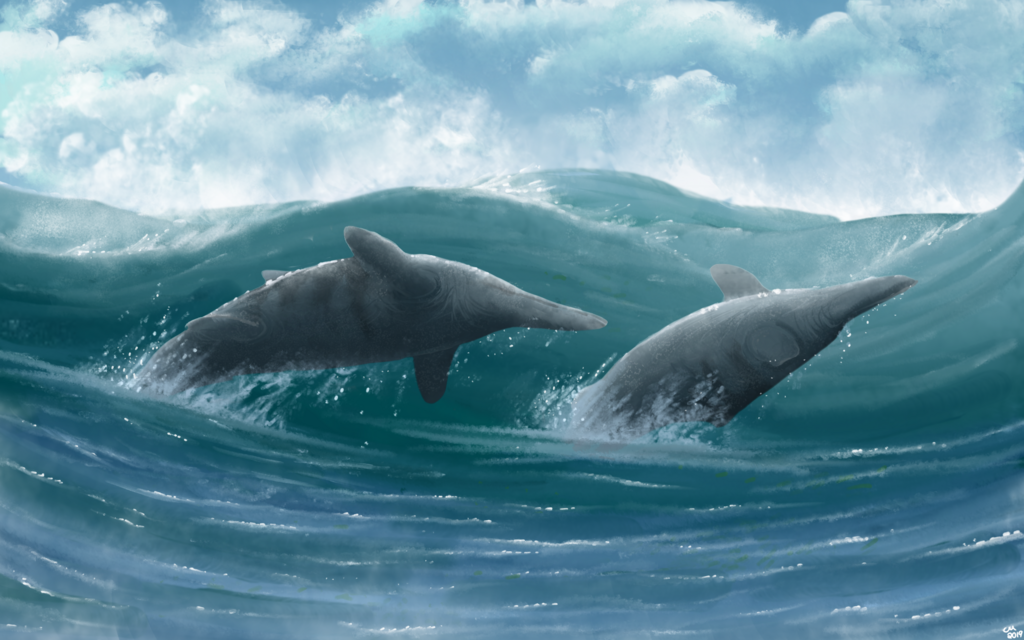
The reproductive adaptations of ichthyosaurs represent one of the most compelling examples of evolutionary problem-solving in the fossil record. Their transition to live birth demonstrates how drastically reproductive strategies can change to meet environmental challenges, even among reptiles traditionally associated with egg-laying. While ichthyosaurs disappeared from Earth’s oceans by the late Cretaceous period approximately 90 million years ago, their reproductive innovations mirror those independently evolved by modern marine mammals millions of years later. This parallel evolution underscores the limited number of viable solutions to the challenge of marine reproduction for air-breathing vertebrates. Understanding ichthyosaur reproduction provides valuable context for interpreting the evolutionary history of other marine reptile groups like plesiosaurs and mosasaurs, which likely underwent similar adaptive processes. The study of these ancient marine births continues to inform our understanding of evolutionary constraints and possibilities in reproductive biology across the vertebrate tree of life.
Modern Scientific Techniques Revealing New Insights

Advanced scientific techniques have revolutionized our understanding of ichthyosaur reproduction in recent years. Non-destructive imaging technologies like computed tomography (CT) scanning now allow paleontologists to examine the internal structures of fossils without damaging precious specimens. These techniques have revealed previously unseen embryonic details, including developing skeletal structures and potential umbilical connections. Chemical analysis of fossilized tissues has provided clues about maternal resource transfer and embryonic development patterns. Biomechanical modeling, using principles from modern marine animal locomotion, has helped scientists understand how pregnant ichthyosaurs might have adjusted their swimming techniques to accommodate their changing body shape during pregnancy. Combined with comparative studies of modern marine reptiles and mammals, these technological approaches have brought new clarity to reproductive behaviors that occurred hundreds of millions of years ago, continuing to refine our picture of how these magnificent marine reptiles brought their young into the ancient seas.
Conclusion

The remarkable reproductive adaptations of ichthyosaurs represent one of paleontology’s most fascinating windows into prehistoric life. By evolving live birth, these marine reptiles freed themselves from the final tether to land that constrained their ancestors, enabling them to thrive as fully aquatic predators for over 150 million years. The exquisitely preserved fossils of mothers with their unborn or newly delivered young provide unusually intimate glimpses into ancient life processes normally lost to time. Through these prehistoric birth scenes, frozen in stone, we witness not just the biological mechanics of reproduction but also the universal vulnerability and resilience that characterize the perpetuation of life across evolutionary time. As science continues to develop new investigative techniques, our understanding of ichthyosaur reproduction will undoubtedly continue to deepen, further illuminating the evolutionary ingenuity that allowed these magnificent creatures to conquer Earth’s prehistoric seas.



